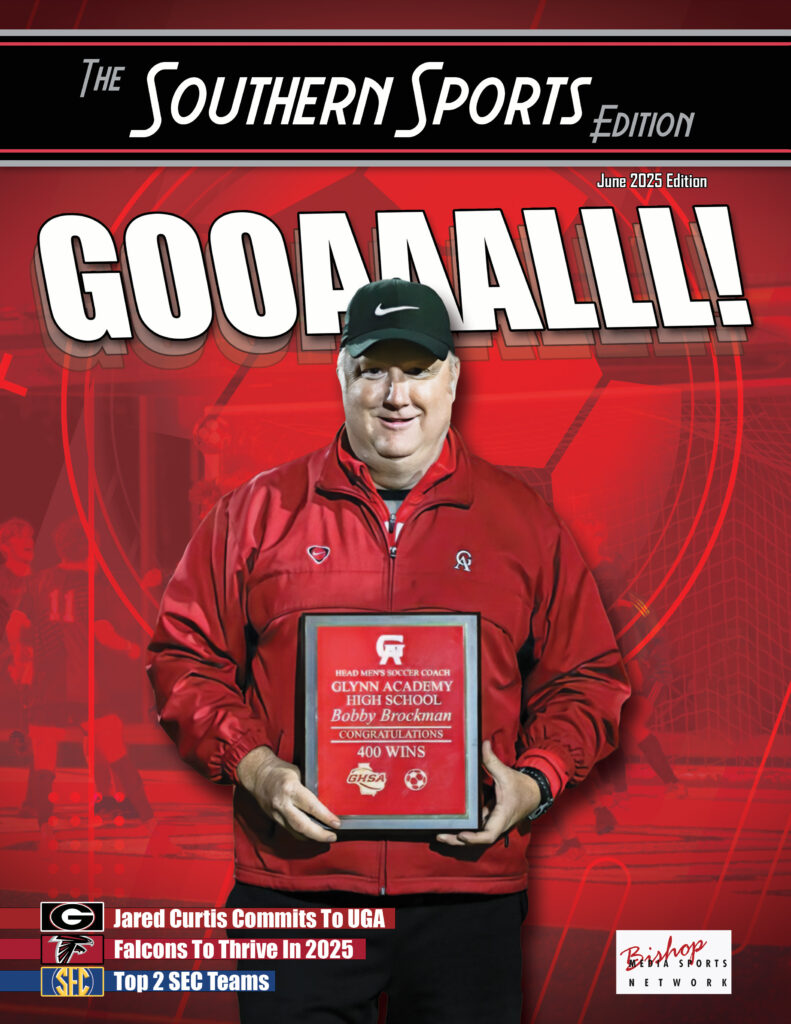More Cinderellas
 By: Mike Anthony
By: Mike Anthony
TheSouthernSportsEdition.com news services
The first month of the NCAA basketball season has been wild as it pertains to the national polls.
For the first time ever, two No. 1 teams have lost home games to unranked opponents in the same season.
Four different teams claimed the top national ranking within the first five releasings of the national poll and the annual rush of marquee tournaments and made-for-TV matchups have delivered a handful of top-10 matchups already.
Without a doubt, the early weeks of the 2019-20 season have been filled with fireworks.
It’s just too bad that none of it will matter much over the next few months.
With nearly three times as many teams competing for the Division I basketball title than the FBS football championship, it stands to reason that more teams are involved in the final tournament. And over the last few decades, ‘March Madness’ has become a billion-dollar moneymaker for the NCAA.
But for all the buzzer-beaters and Cinderella stories that emerge each spring, the fact remains that the deck is stacked against the little guys of basketball as much as with any other sport overseen by the NCAA.
All 32 Division I conferences own an automatic bid to the tournament, but 21 of those leagues received just that one guaranteed bid, with two of the conference champion auto-bid recipients placed in the tournament’s play-in round.
The perennially dominant leagues like the ACC, Big Ten, SEC and Big 12 routinely end up cutting down the nets. And no one can argue that the top teams from any of those conferences should be thought of as top seeds and favorites in any given tournament.
But for the sake of parity and fair play, those conferences really need to stop sucking up all the air in the bracket.
While some conferences are admittedly weaker and should only get one bid into the national tournament, that number of conferences certainly doesn’t comprise two-thirds of the national landscape.
Far too often, the tournament selection committee gets it in its head that a certain conference will only get one team into the bracket and is then left scrambling for reasons to justify snubbing a dominant team with 25-plus wins that just happened to fall short during its conference tournament on the way to an auto-bid.
The plight of smaller conferences won’t find much sympathy outside of leagues with similar problems, but the growing gap between the haves and have-nots is hurting the game itself.
For every extra at-large bid a power conference vacuums up in March, the sport as a whole becomes less relevant during the regular season.
Sure, bid scarcity will fuel some incredible regular season and tournament games in smaller conferences, but for every intense game with huge repercussions in small conferences, there will be a dozen more regular season meetings between middling power conference teams that routinely sleepwalk through some games with the assumption that even a modest record will be enough.
That’s not what the NCAA tournament should be about.
Each season, the NCAA churns out dozens of highlight reels, making sure to emphasize the little guys and tout ever punch a David can deal out to a Goliath. The NCAA and its tournament would do even better by all parties involved to include a few more of those long shots.
No one remembers the 8-9 game between two power conference also-rans. Meanwhile, the upsets and names involved with them are talked about decades after the fact.
The same elite group of programs are likely to contend for – and win – the title each season. But there’s no reason not to ensure that every good team gets a fair chance at tournament glory.



